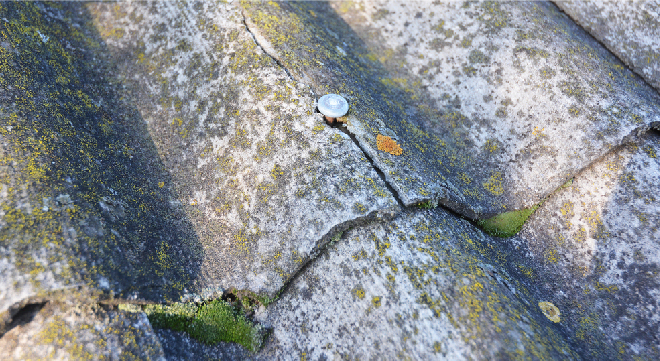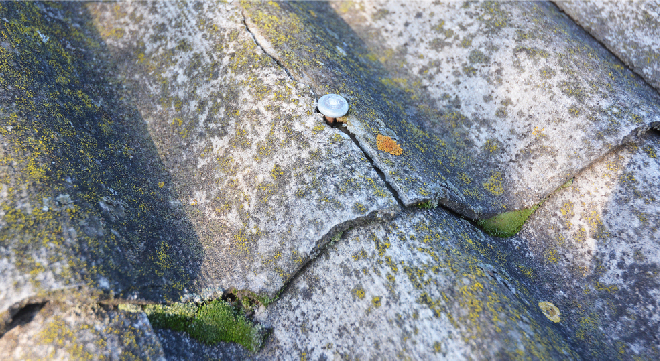The Ombudsman for Short-term Insurance (Osti) has rejected a policyholder’s argument that the insurance company should have inspected his property’s roof before providing cover.
Following a storm, the insured submitted a claim for damage to his house’s asbestos roof, and for internal damage.
The insurer-appointed assessor found that the roof had deteriorated due to gradual wear and tear.
The insured contested the findings and appointed an engineer to assess the roof.
The engineer’s report indicated that the structure of the roof trusses and purlins were not in accordance with the required specifications. Some of the timber used in the roof was not SABS approved.
The insurer partially settled the claim for the internal damage and declined liability for the roof damage on the ground that the roof was badly maintained and not constructed according to the correct specifications.
The insured argued that he should not be held responsible for the maintenance of the roof, because he had taken occupation of the property on 7 September 2020, whereas the storm had occurred on 31 October. He asked the insurer to inspect the property before moving in. According to him, the insurer was not supposed to insure the property without doing an inspection.
The ombudsman’s findings
The Osti noted that the engineer had found fundamental defects that were not related to the storm damage, and which clearly existed before the inception of the policy and even before the insured bought the property.
The Osti held that the insured’s argument that his claim for the roof must be settled because he had taken occupation of the property recently was misguided. The argument suggested that the insured did not know of the condition of the roof and that he found the property in the condition it was in, justifying his argument that the insurer is liable. However, this argument applied equally in favour of the insurer.
As the purchaser of the property, it was the insured’s responsibility to satisfy himself that the property was of sound construction, was well maintained and free from defects. Any defects that existed at the time of purchase had to be taken up with the seller, not the insurer.
That the insurer failed or refused to inspect the property or to establish the condition of the property did not mean that the insurer somehow assumed responsibility for the property, beyond its obligations as set out in the policy.
The insurer had no legal or other obligation to inspect the property before providing the cover.
The Osti upheld the insurer’s decision to reject the portion of the claim for the roof damage.






If the Insurer fails to inspect the property and buildings for wear and tear, how do they justify the insured value and premiums for the cover?
Wear and tear are nothing, but an escape clause used by insurance companies to justify non-payment of a claim and to dispute the ruling by the insured becomes a costly exercise.
A motor vehicle is firstly appraised before the insurer gives cover so why not all forms of cover?
Recent claim for burst solar geyser became a nightmare as repairers did not adhere to building and municipal regulations and the insured was left to do all quality control and project management. Insurer did not inspect or sign off any repairs done?